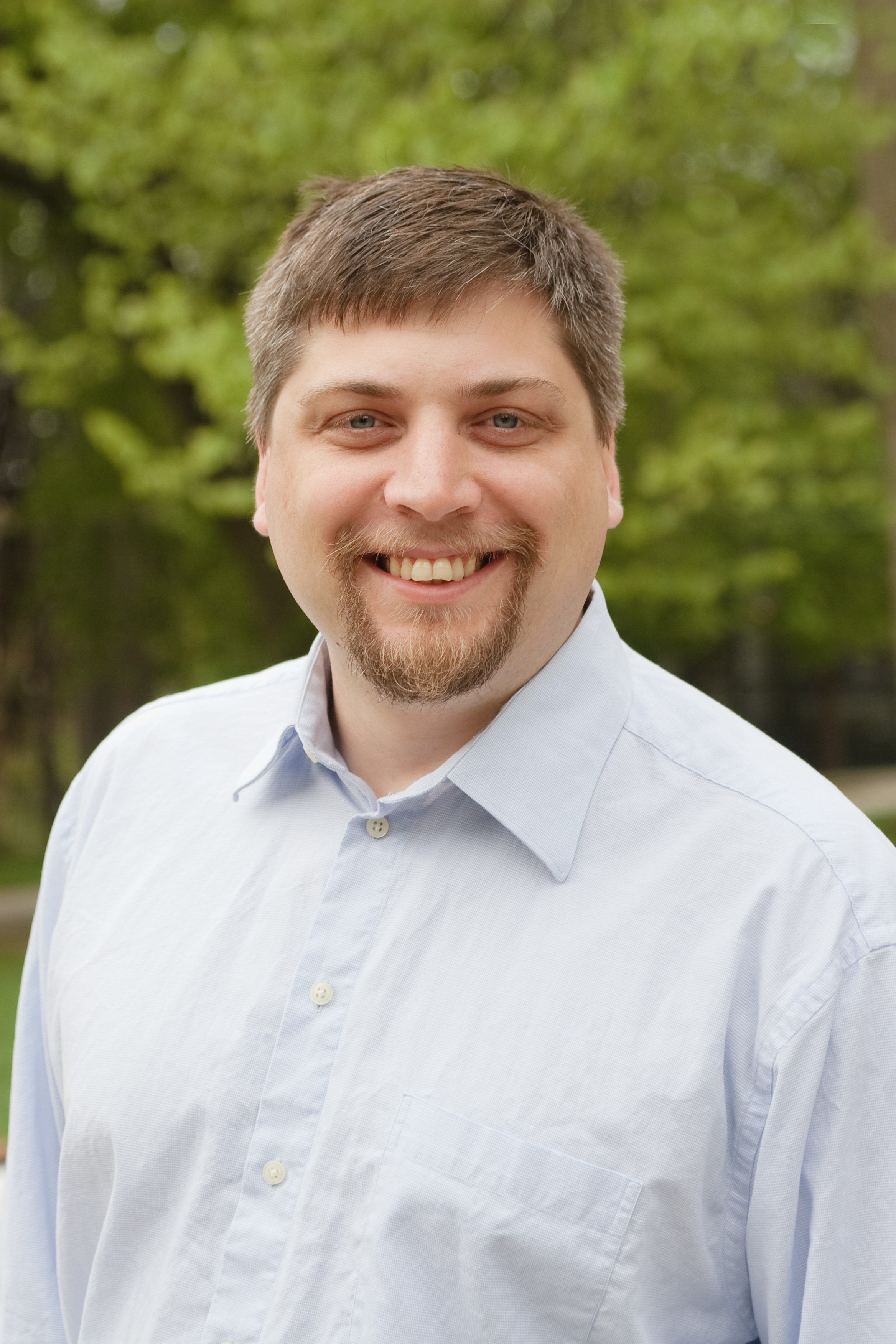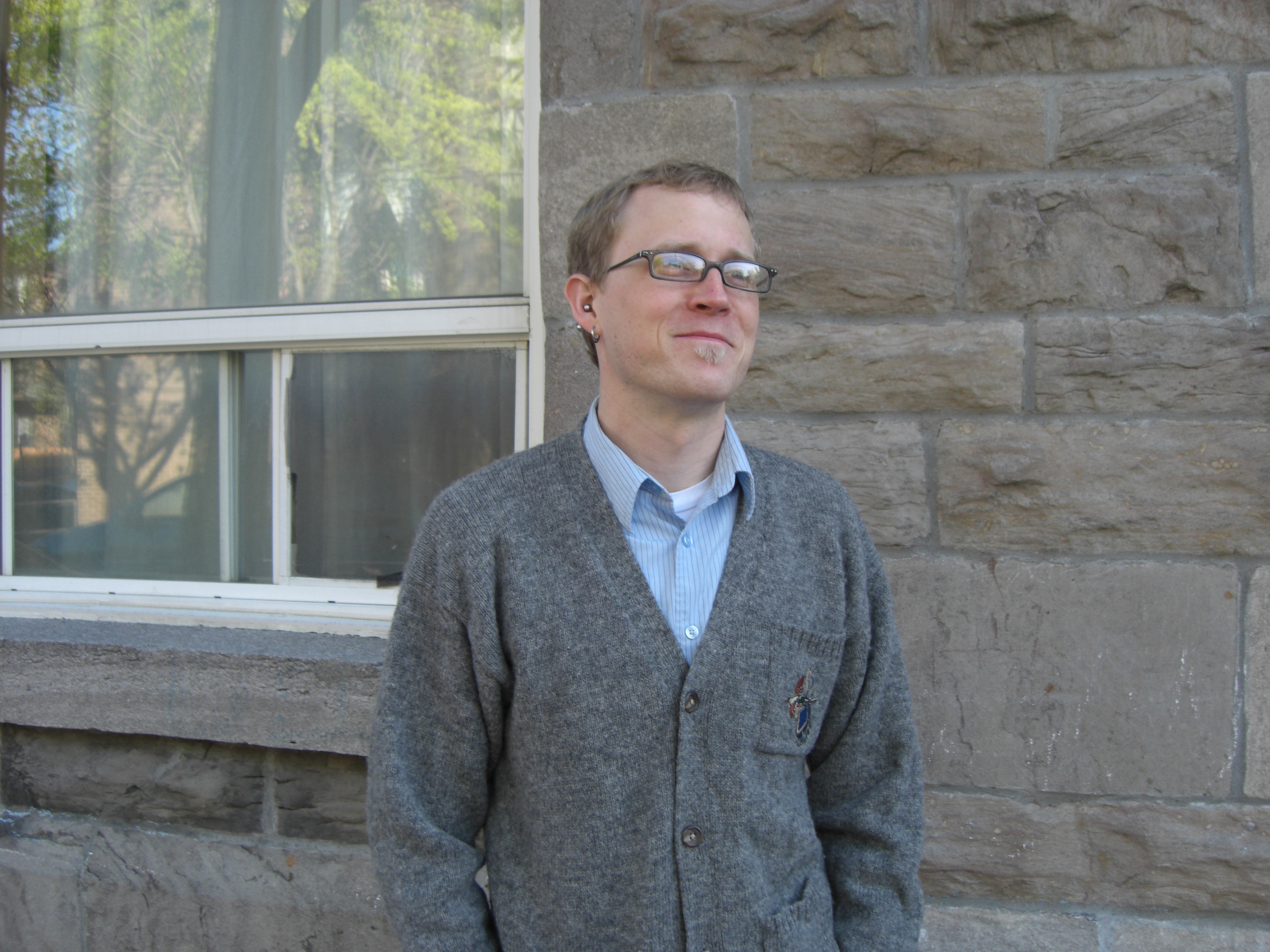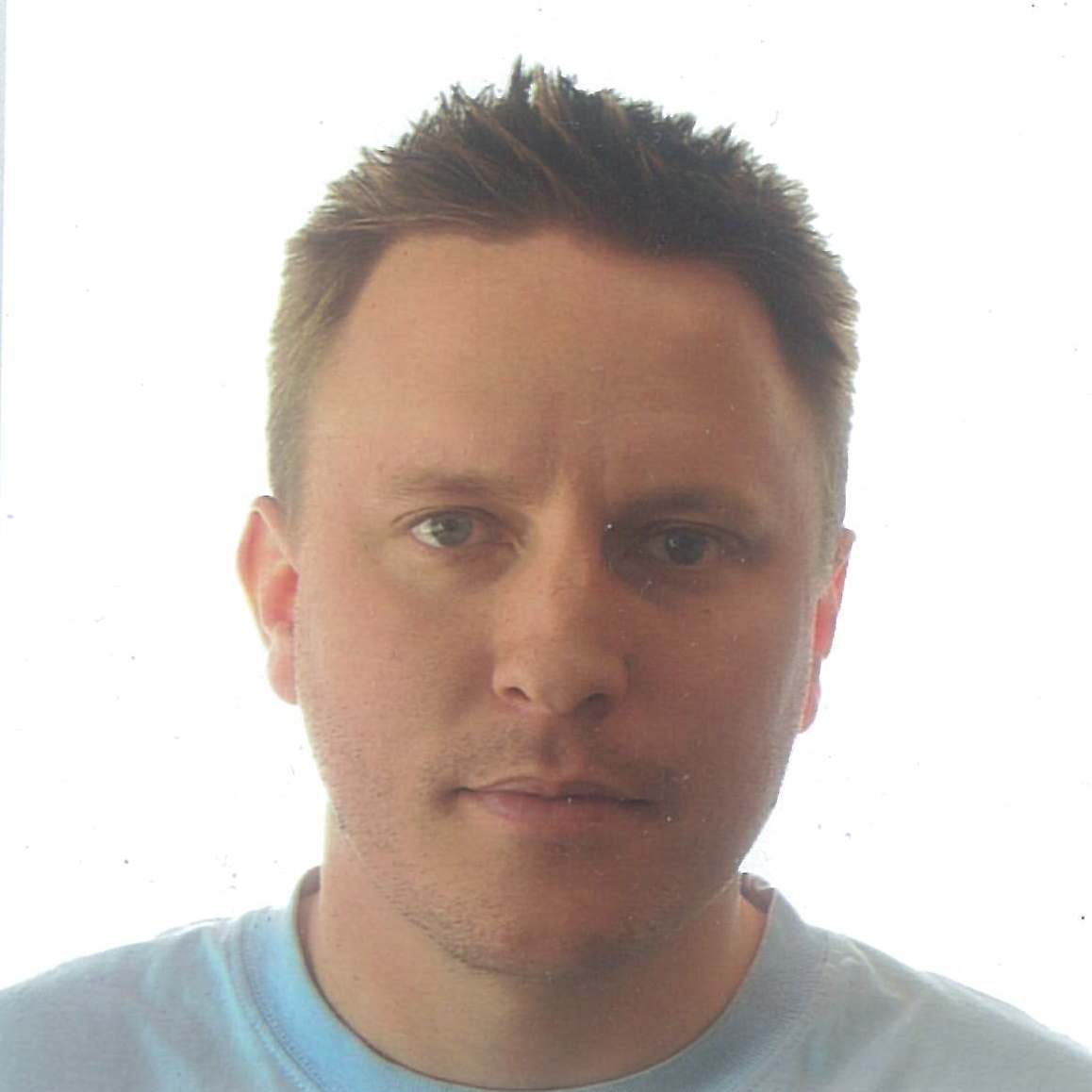
Anthony Bak received his PhD from the University of Pennsylvania in 2007.
Bak is interested in the interplay between Geometry and Physics. He explores questions such as "How does the shape of the universe at both large and small scales inform our understanding of geometry? and the converse, how does geometry create the equations that underlie physical laws?"
His earlier work investigated the shape of the "curled" up dimensions of space-time predicted by String Theory and how that shape controls the particles observed in particle accelerators. Currently, Bak looks at how some seemingly esoteric mathematical notions such as derived categories and perverse sheaves arise in a natural way from physical considerations. This work may yield new interpretations and insight to these old ideas. There is also hope that inspirations coming from physics may lead to a proof of a much sought after "Geometric Langlands Conjecture."

Jeremy Van Horn-Morris received his PhD from the University of Texas in 2007.
Jeremy studies open book decompositions and their applications to low-dimensional topology and contact and symplectic geometry.
An open book decomposition is a way to completely fill a 3-manifold (an object that everywhere looks like the 3-dimensional space we live in) with surfaces, so that no two surfaces meet except along a particular curve L. Near the curve L, the open book decomposition is required to look like a book with the front and back covers glued together. The pages radiate from the binding, similar to a rolodex, just as each surface radiates from L in an open book decomposition. These structures have applications to understanding/studying/classifying knots in 3-dimensional space and studying 3- and 4-dimensional manifolds, in general.

Eddie Herman received his PhD from UCLA in 2009.
Herman's research is in the field of analytic number theory. A key tool he uses to extract information on L-functions is the trace formula. The trace formula takes information that is difficult to work with and converts it to a form that is amenable to techniques of analytic number theory.

Ameya Pitale received his PhD from The Ohio State University in 2006.
Pitale uses techniques from representation theory to study L-functions associated to Siegel modular forms.